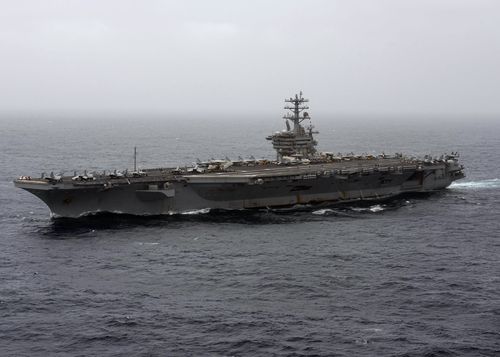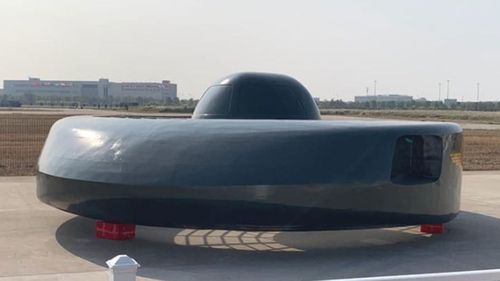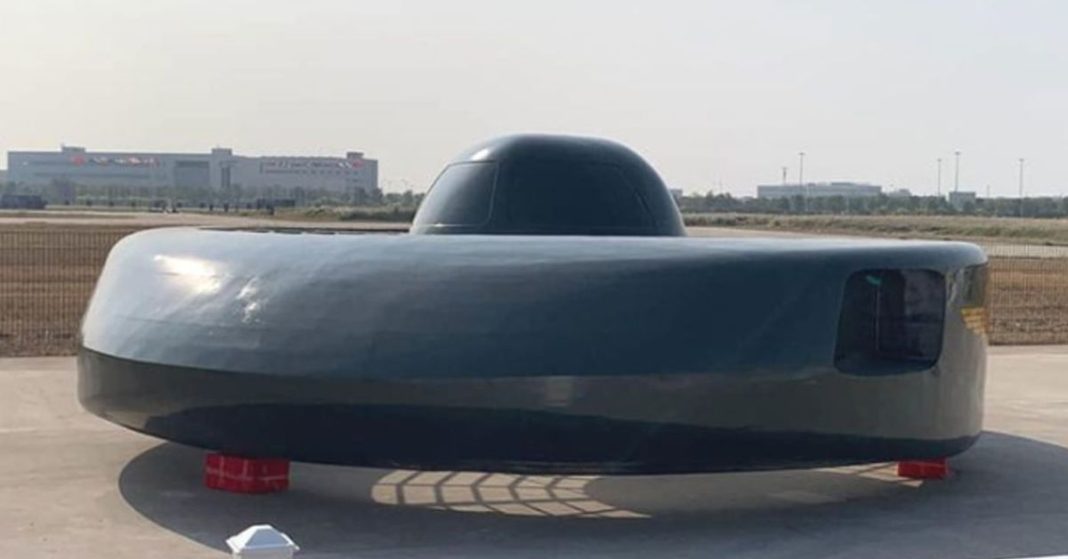commonly referred to as UFOs
, since March 2021, with about half of these remaining unexplained, as reported by the Office of the Director of National Intelligence.
The Pentagon office responsible for monitoring and analyzing these sightings has preliminarily categorized 163 of the reports as “balloon or balloon-like objects.” A few others have been attributed to drones, birds, weather conditions, or airborne debris such as plastic bags.
However, the report warned that “initial characterization does not equate to a definitive conclusion or identification.” The remaining 171 reported sightings of UAPs or UFOs are still unexplained by the US government.

According to the report, some of these uncharacterized UAP seem to exhibit unusual flight patterns or abilities that necessitate further analysis.
In summary, the intelligence community and the Pentagon still lack explanations for at least a portion of the series of mysterious flying objects reported in restricted military airspace over the past several decades.
The majority of the recent reports originated from US Navy and Air Force pilots and personnel “who observed UAP during their operational tasks and reported the incidents,” as stated in the report.
Although the report released on Thursday cautioned that UAP “pose a safety risk and collision danger for air operations,” suggesting that pilots might need to “alter flight routes,” it confirmed that there have been no documented collisions between US aircraft and UAP to date.

foreign adversary such as Russia or China
, although they acknowledge that this could be a possible explanation.
As part of its year-end defense spending bill, Congress mandated the Pentagon and the intelligence community to investigate and report on this issue.
The report released on Thursday indicated a significant rise in reported instances since the previous 2021 report, which investigators attribute partly to “enhanced awareness of the potential dangers associated with UAP, either as safety hazards or possible adversarial reconnaissance tools,” and partly to “decreased stigma related to UAP reporting.”

While some of the 366 newly reported instances include events that occurred in the 17 years before March 2021, 250 of these sightings have happened since that timeframe.
The report acknowledged the ongoing potential that the sightings may represent foreign intelligence-collection efforts, but investigators haven’t gathered any evidence to substantiate that claim.
“UAP incidents persist in restricted or sensitive airspace, raising concerns about flight safety or potential adversarial intelligence operations,” the report stated.
“We continue to assess that this may be the result of a collection bias due to the number of active aircraft and sensors, along with focused attention and guidance to report anomalies.”

The Pentagon and intelligence officials “will persist in investigating any evidence of potential foreign government involvement in UAP cases,” the report concluded.

